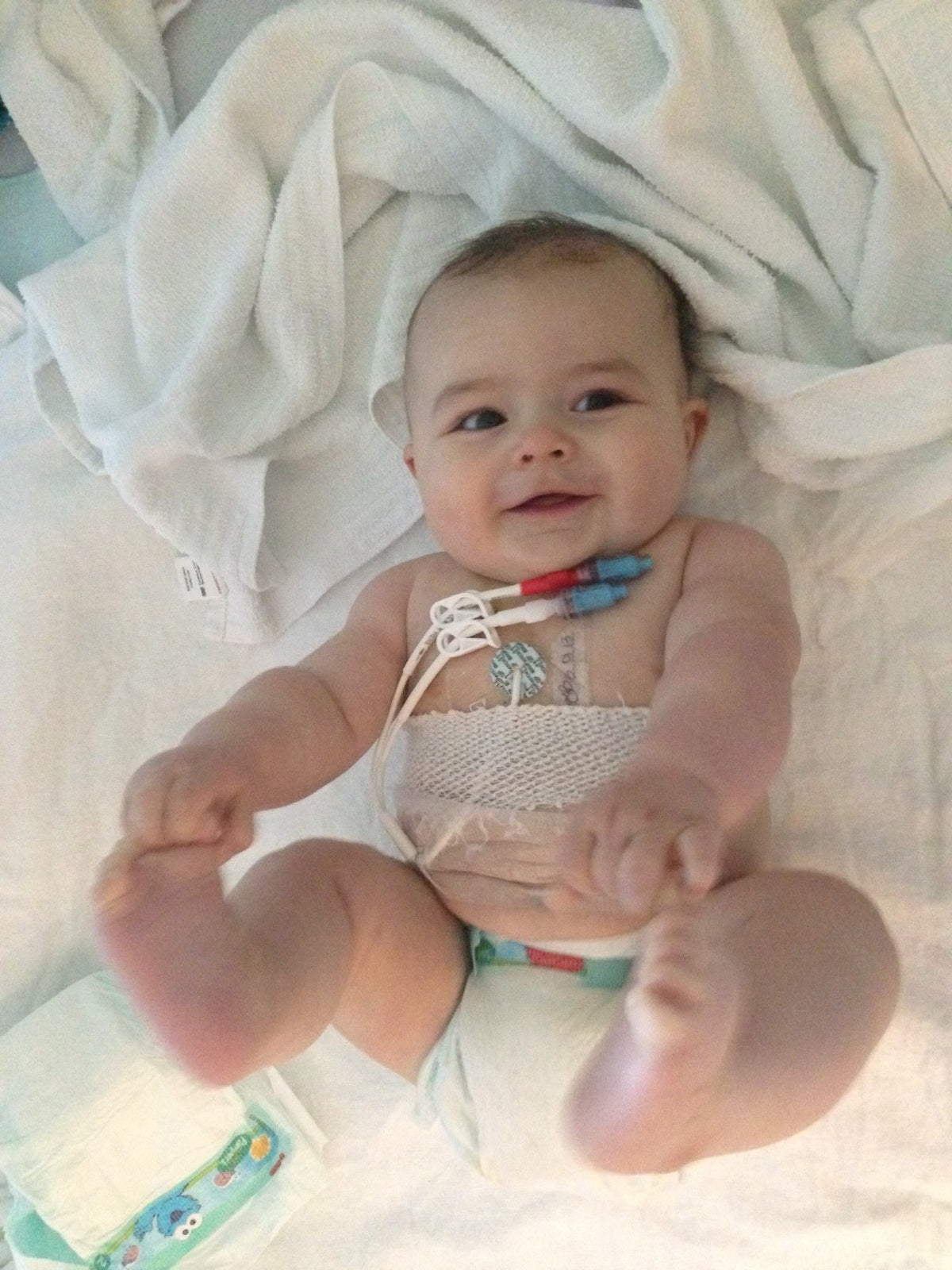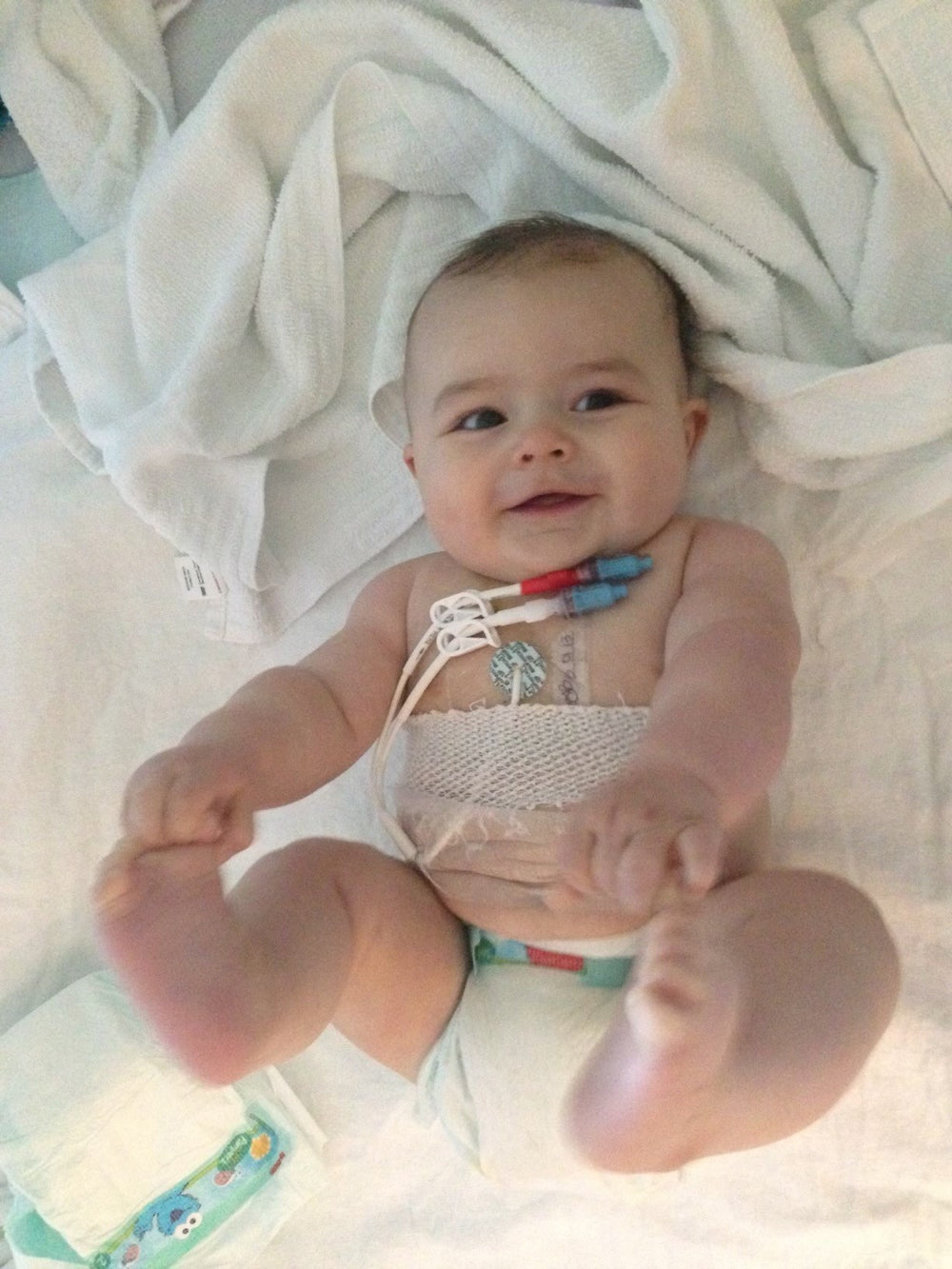
Mediports: A Comprehensive Guide for Childhood Cancer Patients
Mediports, also known as port-a-caths or simply ports, are essential medical devices designed to make long-term intravenous (IV) treatments easier and more efficient. For children battling cancer and other life-threatening illnesses, mediports offer a reliable and less invasive method to receive treatments. This comprehensive guide will help you understand what mediports are, how they work, their benefits, and important considerations for young patients and their caregivers.

Introduction to Mediports
A mediport is a small, implantable device that provides easy access to a patient’s veins. It is typically used for patients who require frequent or continuous administration of medications, such as chemotherapy, antibiotics, or nutrition. For children with cancer, mediports are especially beneficial due to the need for regular and often intensive treatment regimens.
How Mediports Work
A mediport consists of two main components: a small reservoir (the port) and a thin, flexible tube (the catheter). The port is implanted under the skin, usually in the chest area, while the catheter is threaded into a large vein, often near the heart. A special needle is used to access the port through the skin, allowing medications or fluids to be administered directly into the bloodstream.
Benefits of Using a Mediport for Childhood Cancer Patients
Mediports offer several advantages over traditional IV lines, which are particularly beneficial for young cancer patients:
- Ease of Access: Mediports provide a reliable and easy-to-access site for IV treatments, reducing the need for multiple needle sticks.
- Reduced Discomfort: Because the port is implanted under the skin, children experience less discomfort compared to repeated needle insertions.
- Decreased Infection Risk: The closed system of a mediport reduces the risk of infection compared to external IV lines.
- Long-term Use: Mediports are designed for long-term use, making them ideal for children undergoing extended treatment regimens.
How Mediports Improve the Treatment Experience for Children
Mediports can significantly improve the treatment experience for young cancer patients in several ways:
Minimized Trauma: Repeated needle sticks can be traumatic for children. Mediports minimize this trauma by providing a single, more comfortable access point.
Improved Mobility: With fewer external lines, children can move more freely and participate in daily activities.
Enhanced Quality of Life: By reducing the physical and emotional burden of treatment, mediports help improve the overall quality of life for young patients.
Insertion and Maintenance of Mediports
Insertion Procedure:
The insertion of a mediport is a minor surgical procedure typically performed under local anesthesia. The surgeon makes a small incision to implant the port and thread the catheter into a vein. The procedure is usually completed within an hour, and most patients can go home the same day.
Maintenance:
Proper care and maintenance of a mediport are crucial to prevent complications. This includes:
Flushing: Regular flushing with saline solution to prevent blockage.
Dressing Changes: Keeping the insertion site clean and dry.
Monitoring: Regular check-ups to ensure the port is functioning properly.
Potential Risks and Complications
While mediports are generally safe, they can pose some risks, including:
- Infection: Although the risk is lower than with external IV lines, infections can still occur.
- Thrombosis: Blood clots can form around the catheter.
- Mechanical Issues: The port or catheter can sometimes become dislodged or blocked.
- Discomfort: Some patients may experience discomfort or pain at the port site.
Parents and caregivers should promptly report any signs of infection, unusual pain, or swelling to their child’s healthcare provider.
Mediports are invaluable tools for managing long-term IV treatments in children with cancer, offering ease of access, reduced discomfort, and a lower risk of infection. Understanding how mediports work, their benefits, and the necessary care can help young patients and their families manage treatments more effectively. If your child is considering a mediport, consult with your healthcare provider to determine if it’s the right option for their medical needs.



